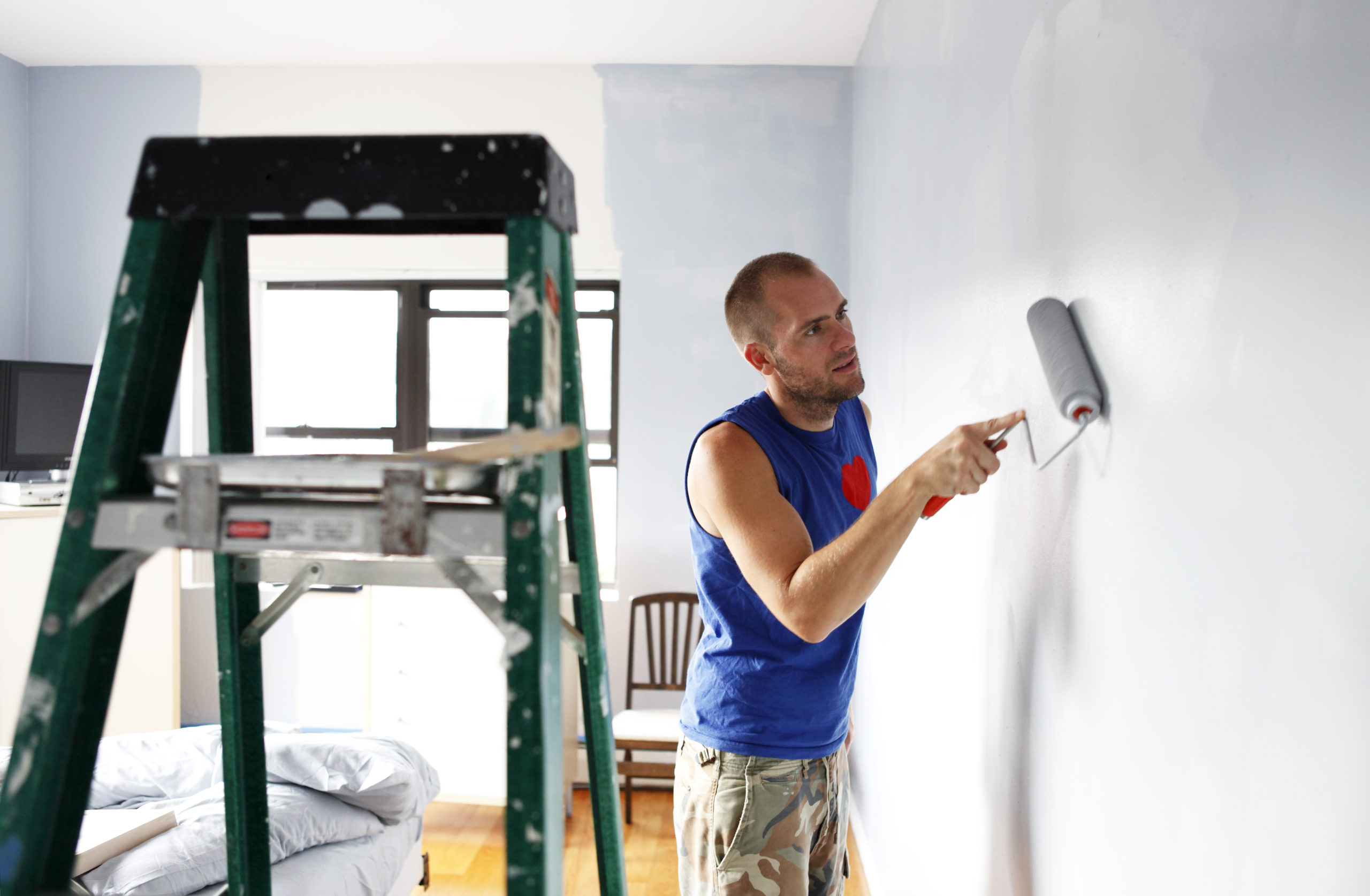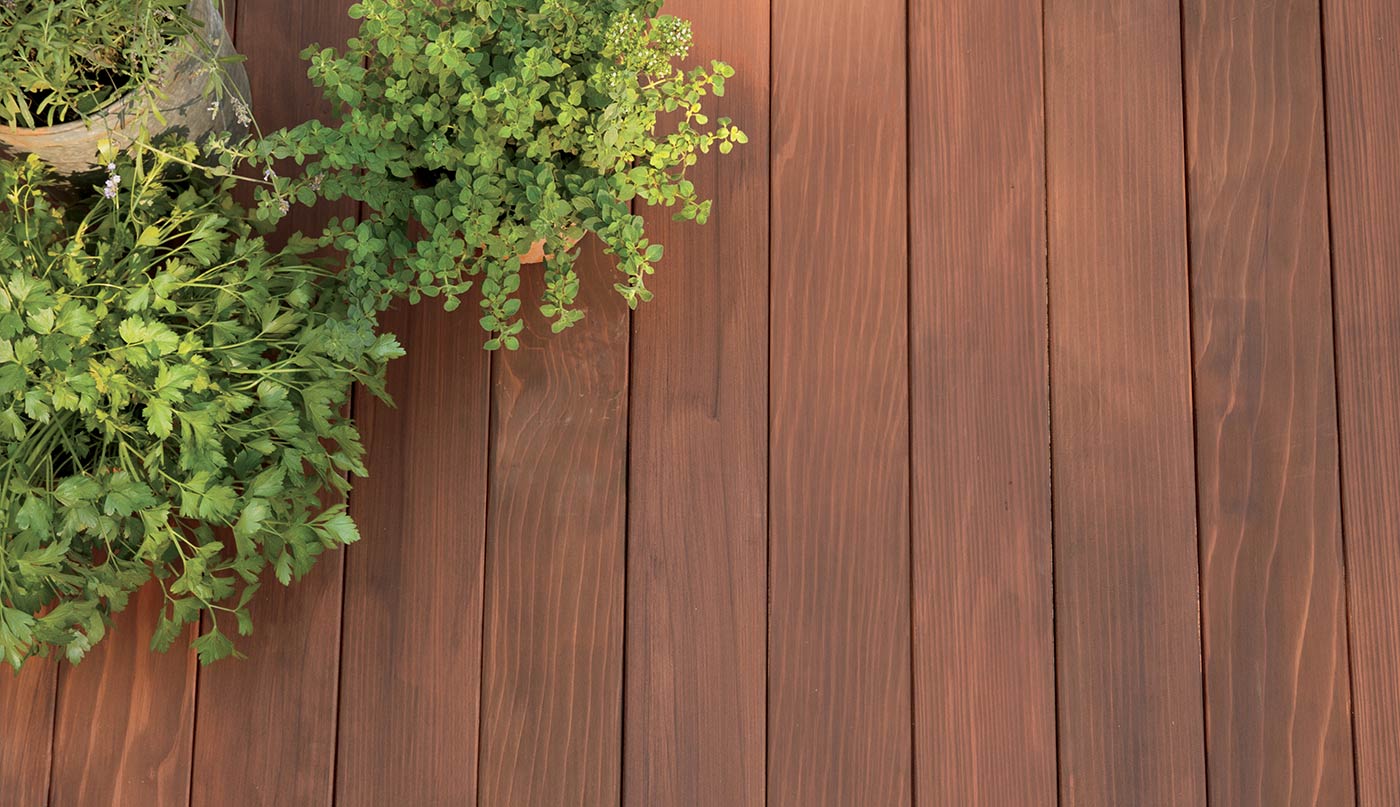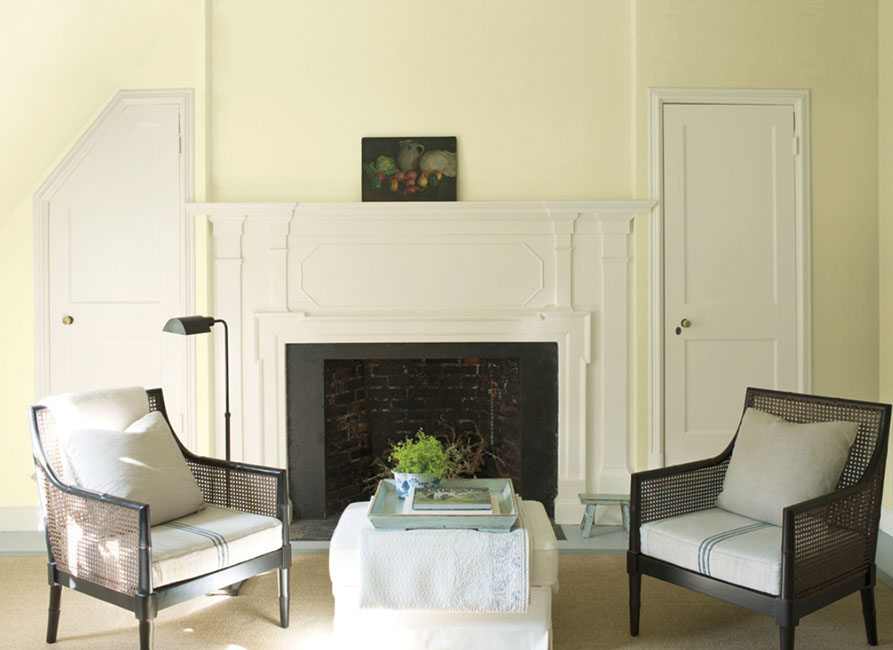There’s nothing better than a fresh coat of paint to brighten up a room. But when it comes to interior painting, preparation is key to a smooth, beautiful finish. Here are 10 DIY steps to help you get ready like a pro.
1. Gather your painting supplies
Your painting project may require different tools depending on what you’re painting, but here are some basic items you’ll need:
- Drop cloths
- Microfibre cloth
- Primer
- Paint
- Paint brushes
- Paint roller
- Paint roller extension pole
- Painter’s tape
- Paint tray
- Repair putty
- Sandpaper
- Step ladder
2. Move your furniture and draperies
Once you have all your supplies ready, the next step is room preparation. Move furniture, rugs, picture frames, art, window treatments, and draperies out of your painting area. If you can’t move your furniture or heavy belongings out of the room, cover them with drop cloths or tarps to protect them from paint splashes. You’ll also want to make sure you have enough space between your furniture and the walls you’re painting
3. Cover electrical outlets and switches
For a professional finish, first remove the switch plates and outlet covers by removing the screw that holds the plate to the switch or outlet and pull the plate away. Cover the exposed area with a plastic bag and use painter’s tape to keep the bag in place.
You may also want to turn off the electricity at your circuit breaker if you’re using an oil-based paint.
4. Repair wall damages and imperfections
Inspect your wall to see if it has any gaps, cracks, or holes.
Repair any wall damage by first removing loose paint, caulking, and debris from the area with a putty knife or other tool with a flat edge. Once the area is clean, use repair putty to fill in the holes. Some wall repair putties come with a quick-use applicator, or you can use a caulk gun. Let the area dry completely before you sand the area to make it flush with the wall.
5. Sand the walls until they’re smooth
Sanding down rough spots on your walls will give you an even surface to paint on. You can use sandpaper or a sanding sponge for small areas, and a pole sander for larger, harder-to-reach areas. Once the wall is smooth and flat, wipe away any debris with a damp cloth and allow to dry completely.
If your wall was painted with a glossy paint, sand with fine-grit sandpaper. For oil-based painted walls, use medium-grit sandpaper.
6. Dust and wash the walls
Dust your wall with a vacuum cleaner or microfiber cloth. Then wash the walls from the bottom up with a damp, nonabrasive sponge and soapy water.
For scrubbing out stubborn stains, use ¼ cup of baking soda or a few drops of vinegar mixed with warm water.
Wash in a circular motion, in small areas, then use a clean towel to remove excess moisture. Wait a couple of hours to make sure your wall is completely dry before you apply paint or primer.
7. Cover the floor with drop cloths
Use drop cloths to protect your floors. Drop cloths are meant to absorb paint, which will help prevent slippery surfaces and potentially messy (and dangerous) situations.
8. Tape your trim, mouldings, windows and door frames
Once your floor is covered, tape any mouldings, windows and door frames with painter’s tape to protect them from paint drips and splashes.
Use painter’s tape instead of masking tape when covering areas that you don’t want to paint, such as your trim. It’s easier to remove and less likely to leave a sticky residue.
9. Open windows to ventilate the room
Before you open any paint cans, make sure a window is open and that fans are on to ensure your space is properly ventilated. If you’re using oil-based paints, do not smoke or have any open flames in the area.
10. Prime your walls
After you’ve cleaned and prepared the room, it’s time to prime your walls. Primer is the foundation that will help your paint adhere better to your wall, and makes paint look brighter and more vibrant. With premium oil, acrylic and latex primer options, there’s a primer for every painting project. Check out Benjamin Moore’s post to learn how to choose the right primer.
Choosing the right painting products
If you want your painted surfaces to stay beautiful for a long time, be sure to buy high-quality prep and painting products. Explore Preston Paints for dozens of trusted brands, including Benjamin Moore Paints.




